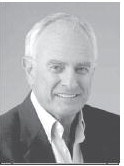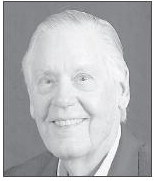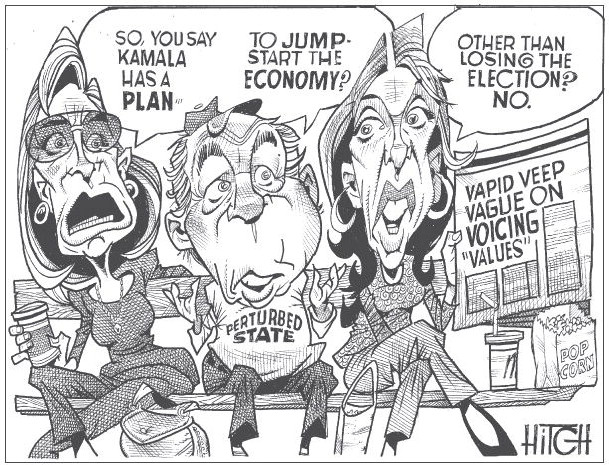EVs Out of Electric Juice
You charged up?
Sitting in the parking lot waiting for a shopping Kansas Woman, I saw a dejected guy walk through carrying a red gasoline container.
We've been AAA members for decades but don't need them very often. When I had the 1993 diesel truck, it used up my allotted tows every year.
Don't get me wrong: I loved that truck and it was a perfect bed for my Ham radios.
On a road trip to Kansas, two guys kept calling via radio to check on my progress.
“Bud,” from near Lead, South Dakota, apparently had nothing else to do. Every couple of hours I heard my call sign, “K4JQM” on the 40 meter band.
“Lance,” a retired truck driver in Texas, knew my route and checked websites for construction and delays along my route.
As miles ticked off, they were welcomed company.
I was comforted in knowing that AAA was a call away. But what about today?
What could AAA do if an electric vehicle ran out of juice? Does the AAA tow truck carry a generator to juice up the battery?
The battery power doesn't last forever, and the advertised range is about 400 miles.
Let's see: Four hundred miles at 60 mph is about six and a half hours. Nobody slow pokes on the Interstate. At 70 mph it is 5:42 and at 75, a more realistic speed, the range is 5 hours and 20 minutes.
So at the end of 5:20, what are you going to do? There just aren't that many chargers around, and there is a natural limit to how far you could drag an orange power chord behind you.
An article in US News gave some insight.
Using a household 120 volt charger, you get about 3 to 6 miles of travel per hour of charge. That's level 1.
At level 2, with a 240 volt circuit at 50 amps, you can increase your range up 20 to 30 miles per hour of charging.
How long would it take to charge an electrical vehicle to the max of 400 miles? Longer than you want to sit drinking Waffle House coffee while your batteries charge.
Despite the advertisements, it ain't there yet. It is called “artificial demand.”
Manipulated fuel prices are unnaturally high, causing a contrived crisis.
As Rahm Emanuel said, “Never let a crisis go to waste.”
Under the influence of fuel price shock, folks look at advertisements for electric cars and see an alternative that isn't really there, and neither is the support structure.
If the demand is realistic, the marketplace will respond to it.
Just over a year ago we produced more energy than we needed.
Until then, I believe we've been suckered. joenphillips@yahoo.com








